Nam Hai Tomb in Binh Thanh Commune (Tuy Phong) was recognized as a provincial historical and cultural relic according to Decision No. 1372/QD-UBND dated June 24, 2011 of Binh Thuan Provincial People's Committee. Currently, many items of Nam Hai Tomb have been degraded.
Local people are worried about the lack of places for worship. Therefore, in order to preserve those material and spiritual cultural values and have a place for people and tourists to worship and make offerings every year, in August 2023, the Department of Planning and Investment approved the project to restore and embellish the Ong Nam Hai tomb relic, Binh Thanh commune, invested by the Department of Culture, Sports and Tourism, with a total investment of 2,496.9 million VND from the lottery fund. The scale of the restoration and repair of the project includes: The main hall has an area of 65.34 m²; the central mausoleum has an area of 52.65 m²; the worshiping tomb has an area of 64.08 m²; the martial arts hall has an area of 63.84 m²; the screen has an area of 30.71 m²; at the same time, providing electricity, fire prevention and fighting; and termite treatment for the entire project. Investing in construction projects to renovate and repair the cultural relic of Ong's mausoleum to make it spacious and solemn, so that people can come to burn incense and worship and attract tourists to visit and learn.
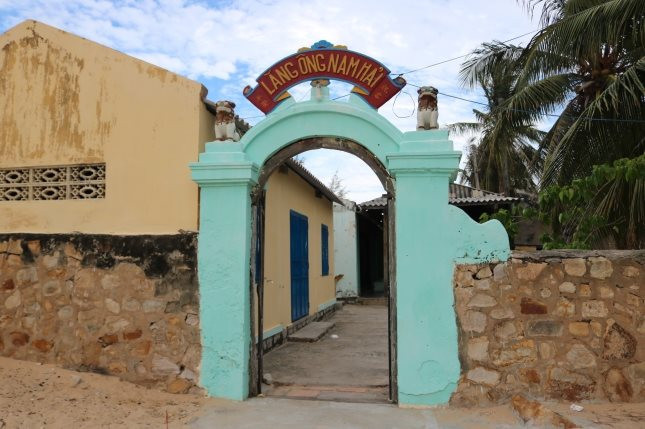
Nam Hai Ong Tomb was built during the reign of King Minh Mang (1820-1840), located at the foot of a moving sand hill close to the coast, so every year the villagers had to regularly dredge the sand to avoid the risk of being buried. However, due to the fierce nature of the two wars against France and the US, the people of Binh Thanh had to evacuate to another place for a long time, with no one to take care of or preserve the tomb. Therefore, Nam Hai Ong Tomb was buried deep in the sand for decades. It was not until 1991 that the local people had the opportunity to move thousands of cubic meters of sand, renovate and repair the tomb. The tomb was renovated on a large scale, including the main hall, the lobby and the theater. The project covers an area of 1,500 m2, both the ramparts and the tomb walls were built with many types of mountain rocks and corals up to 1.2 m thick. Ong Tomb does not worship statues, only remains. The interior decoration of the mausoleum creates a solemn and splendid feeling, in which the yellow color symbolizes the earth as the root of all things. The carved patterns are embossed with dragons. Since its establishment, Ong Nam Hai mausoleum has received and buried dozens of whales that drifted ashore in the area in front of the mausoleum. After 2-3 years of burial, local fishermen perform the ritual of raising the jade bones according to custom to bring them to the mausoleum for worship. Currently, the mausoleum still preserves the skeleton of the first whale in the late 19th century, which is also the largest. Every year, at Ong Nam Hai mausoleum, a main festival takes place on the 15th - 16th of the 6th lunar month, called the main fishing festival or Ong Nam Hai festival. People attend the festival to pray for calm weather, calm seas, favorable weather, and a full hold of fish.
Nam Hai Tomb in Binh Thanh is located in an ancient architectural complex, so every day many domestic and foreign tourists come to enjoy the beauty of ancient architecture, and at the same time learn and research the unique cultural and historical values of the mausoleum. Although it has gone through many historical events, Nam Hai Tomb still retains many cultural values, especially the royal architectural complex that not every place has. Nam Hai Tomb is a manifestation of people's gratitude for the favor of the sea and admiration for the authority of Nam Hai.
Source


![[Photo] Prime Minister Pham Minh Chinh receives Mr. Jefferey Perlman, CEO of Warburg Pincus Group (USA)](https://vstatic.vietnam.vn/vietnam/resource/IMAGE/2025/4/18/c37781eeb50342f09d8fe6841db2426c)

![[UPDATE] April 30th parade rehearsal on Le Duan street in front of Independence Palace](https://vstatic.vietnam.vn/vietnam/resource/IMAGE/2025/4/18/8f2604c6bc5648d4b918bd6867d08396)
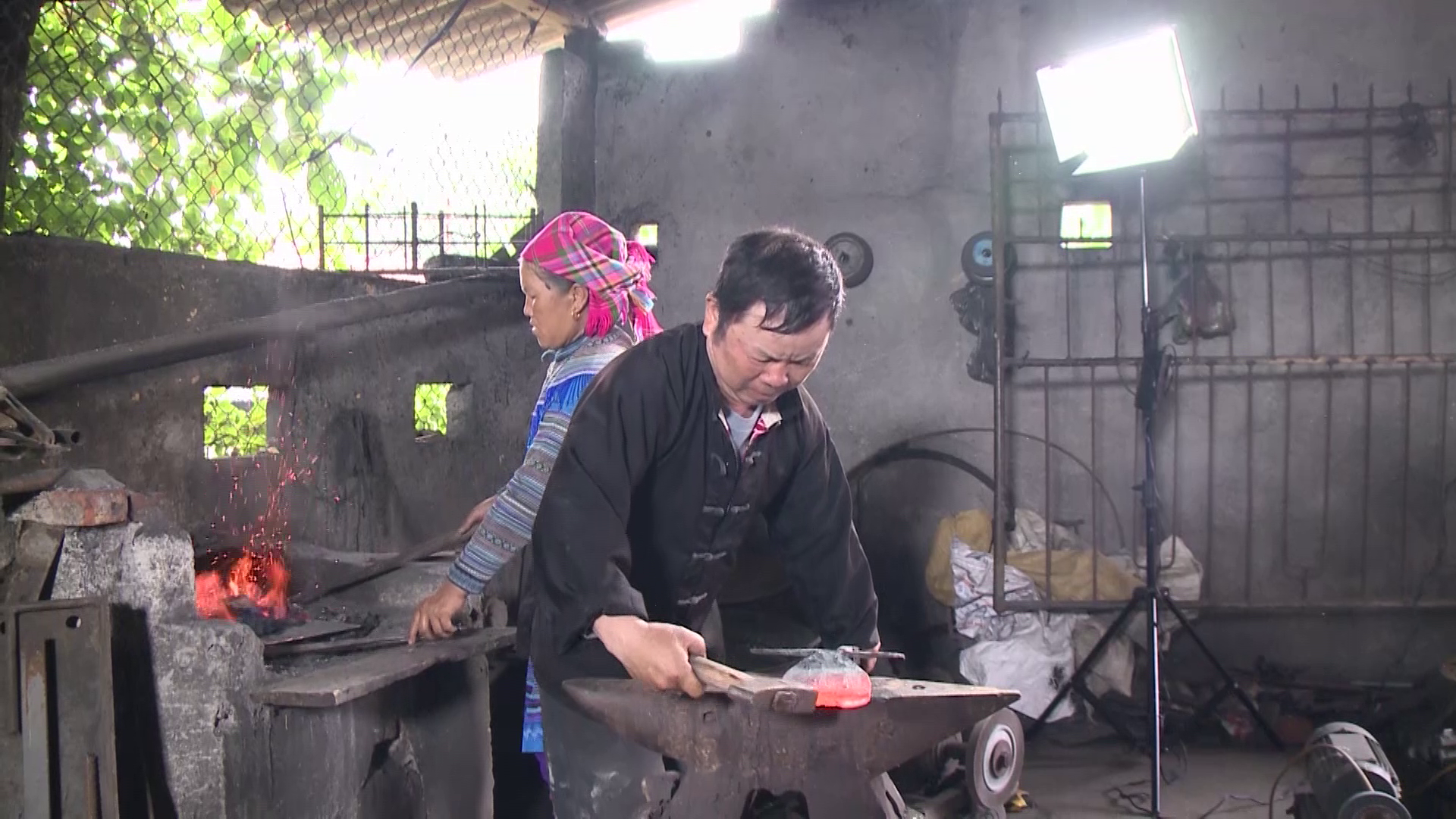














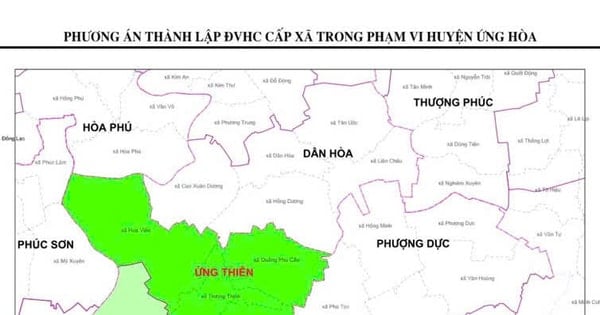






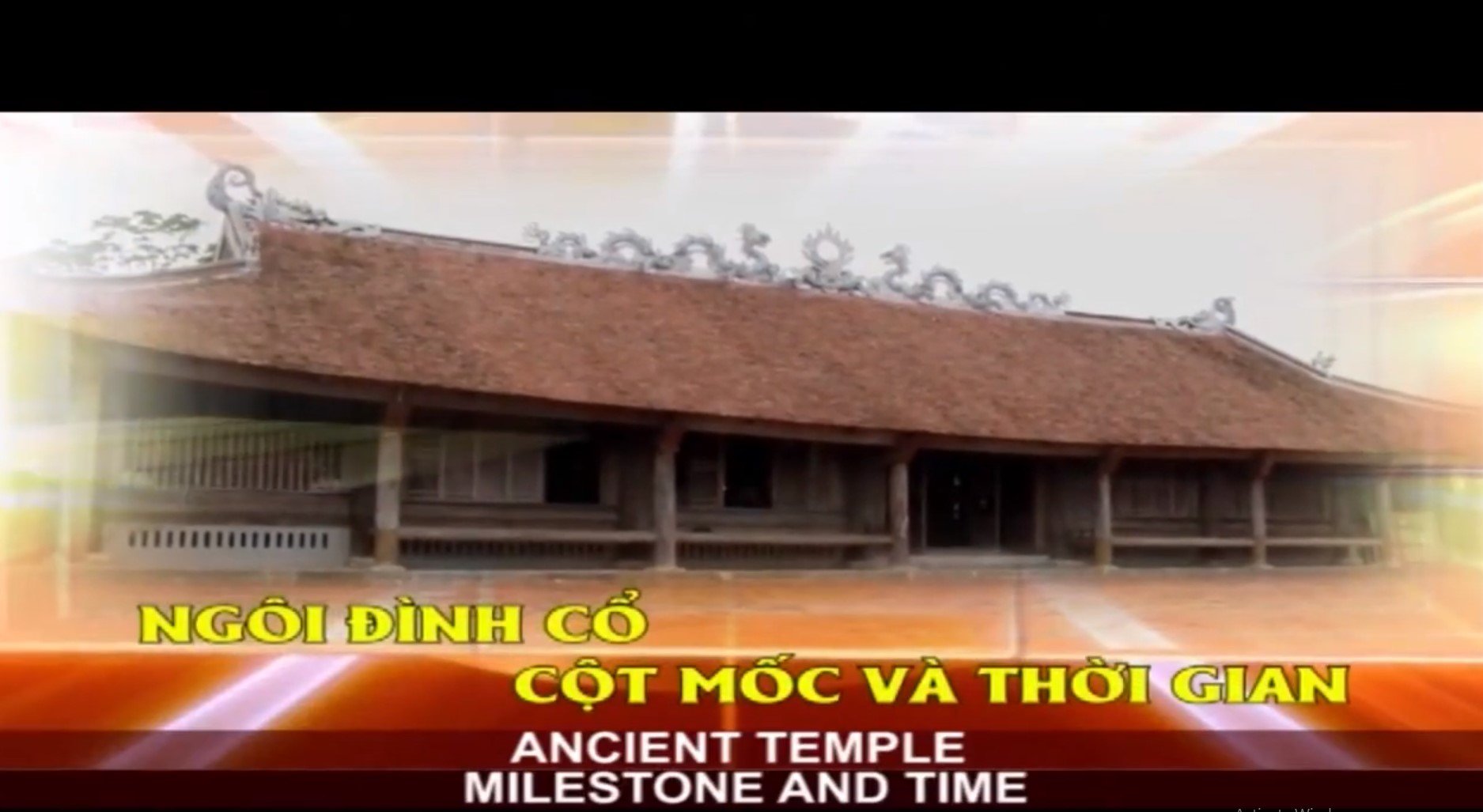


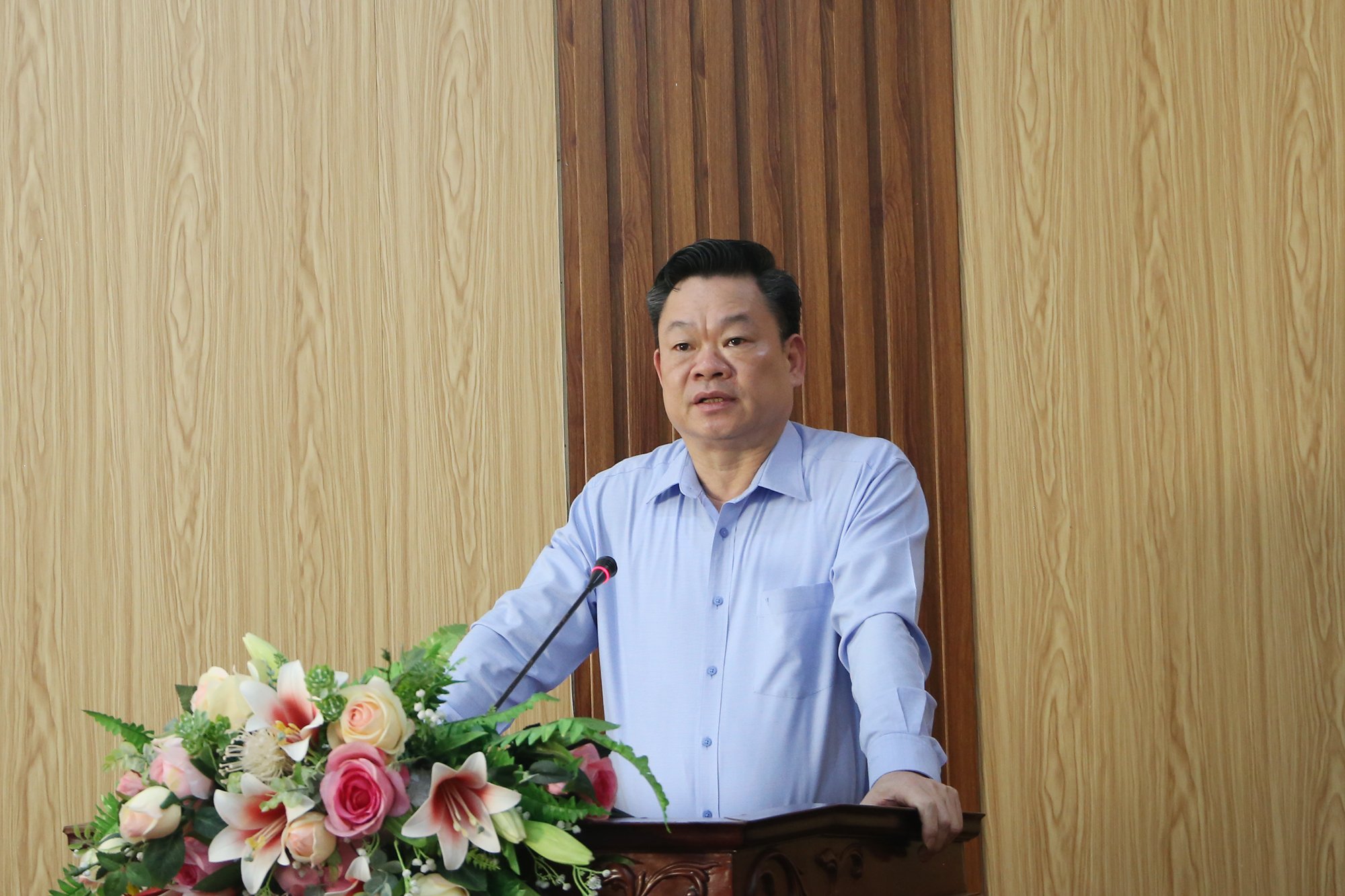



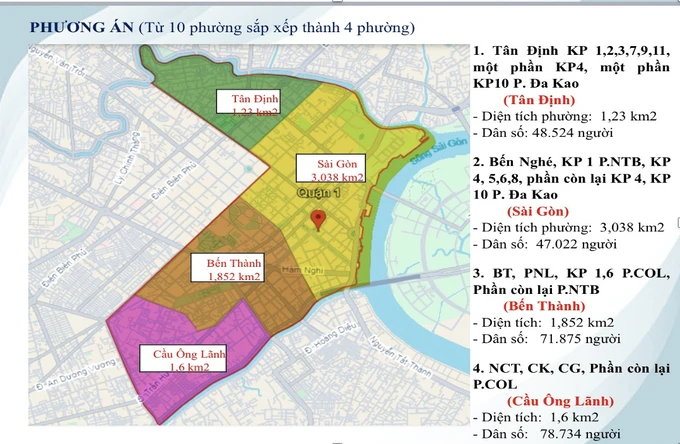

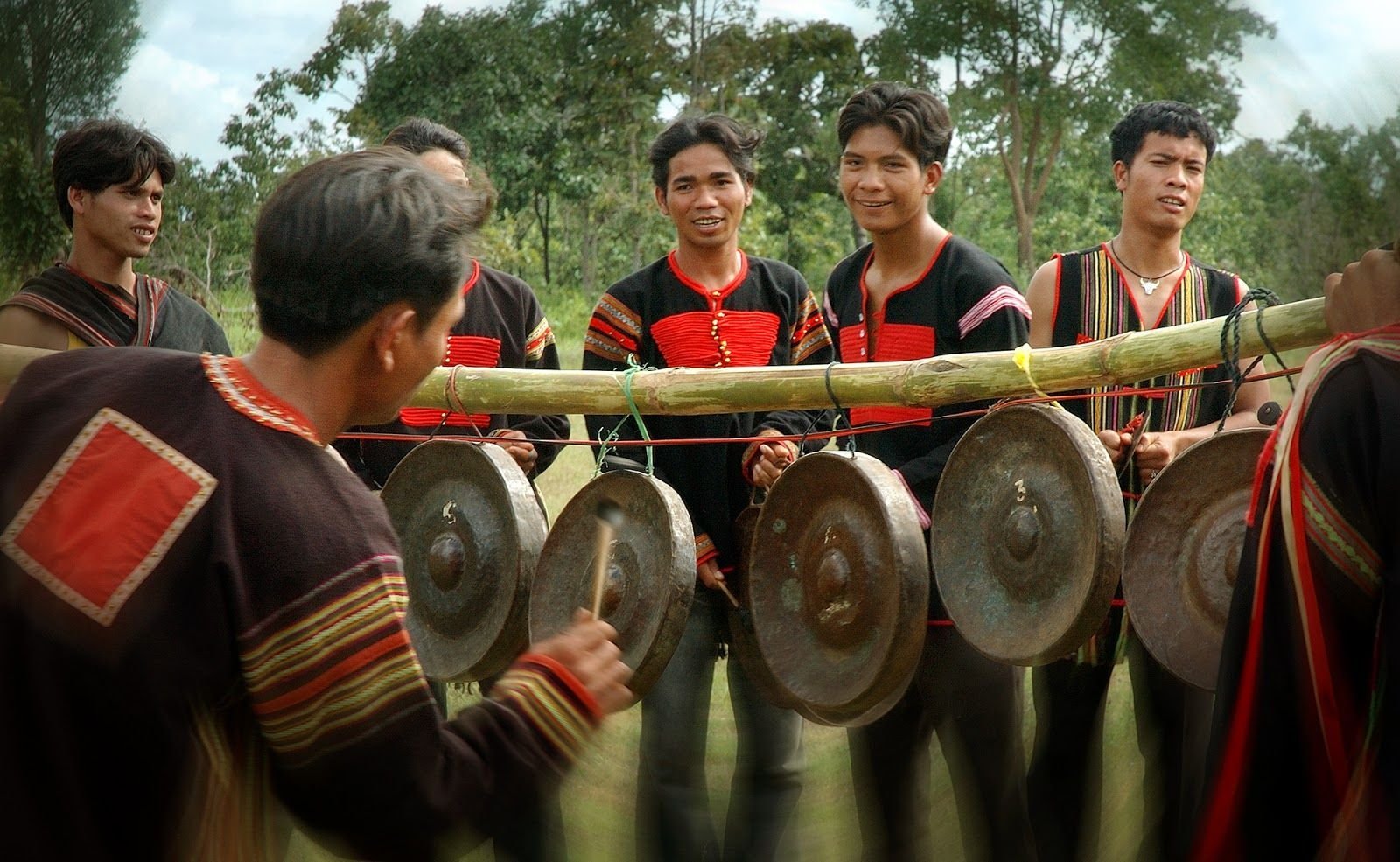





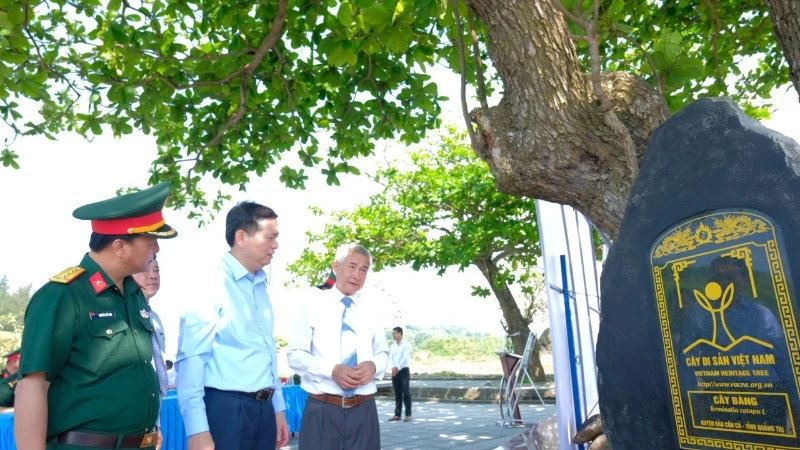
















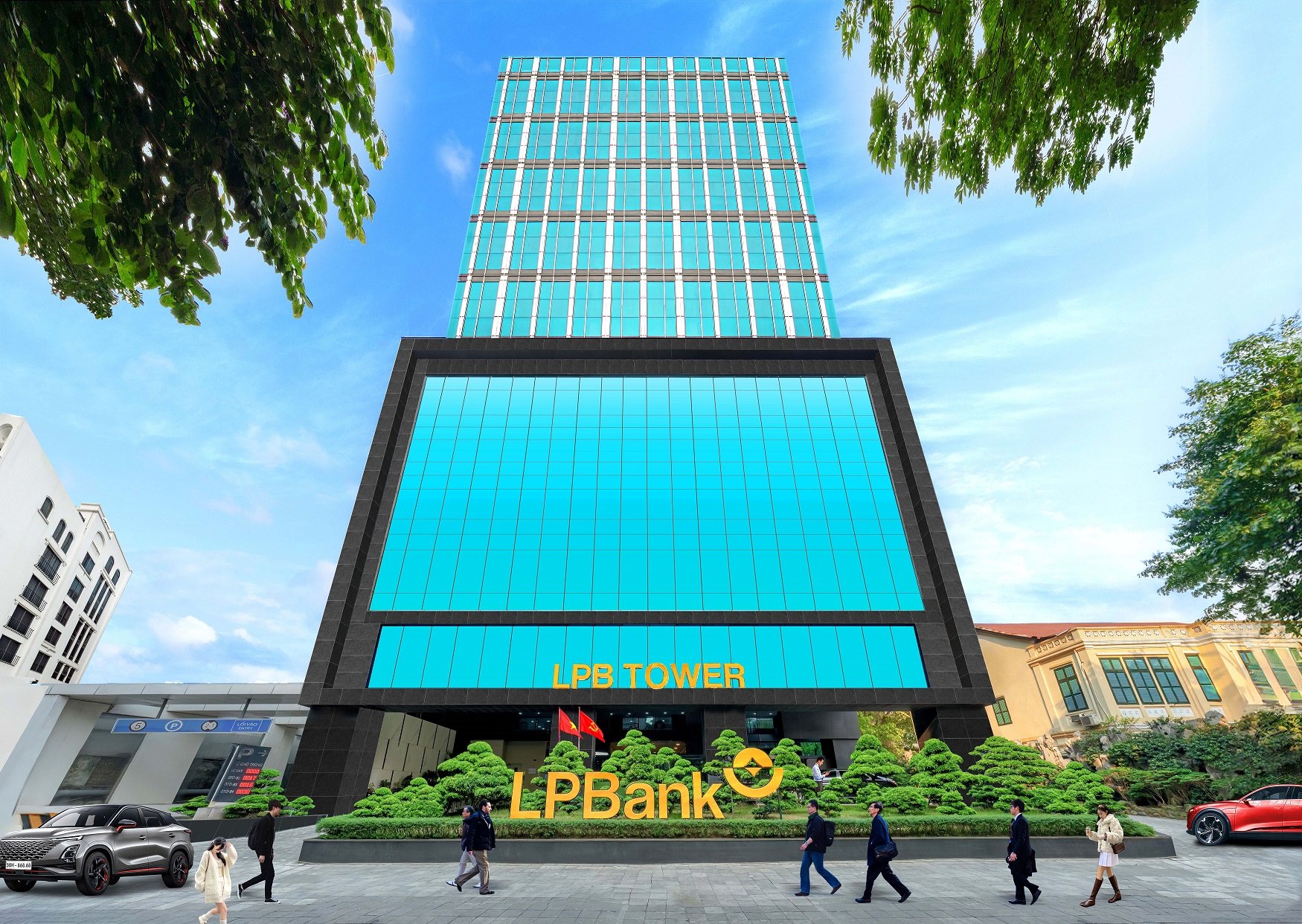





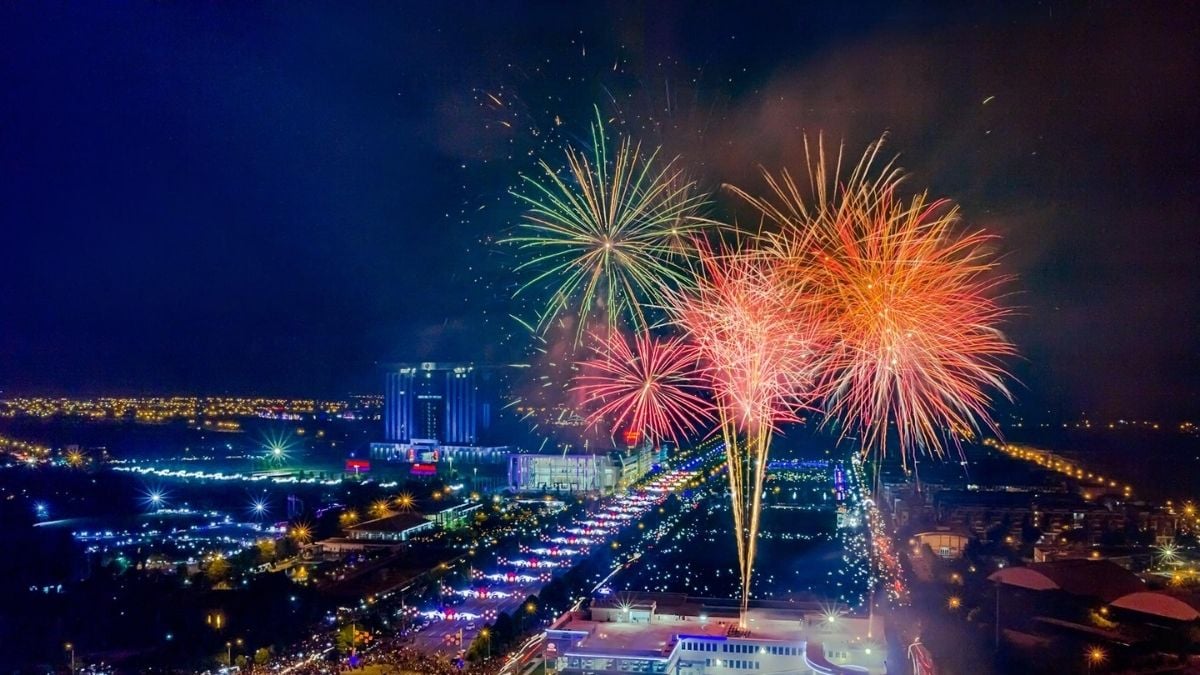
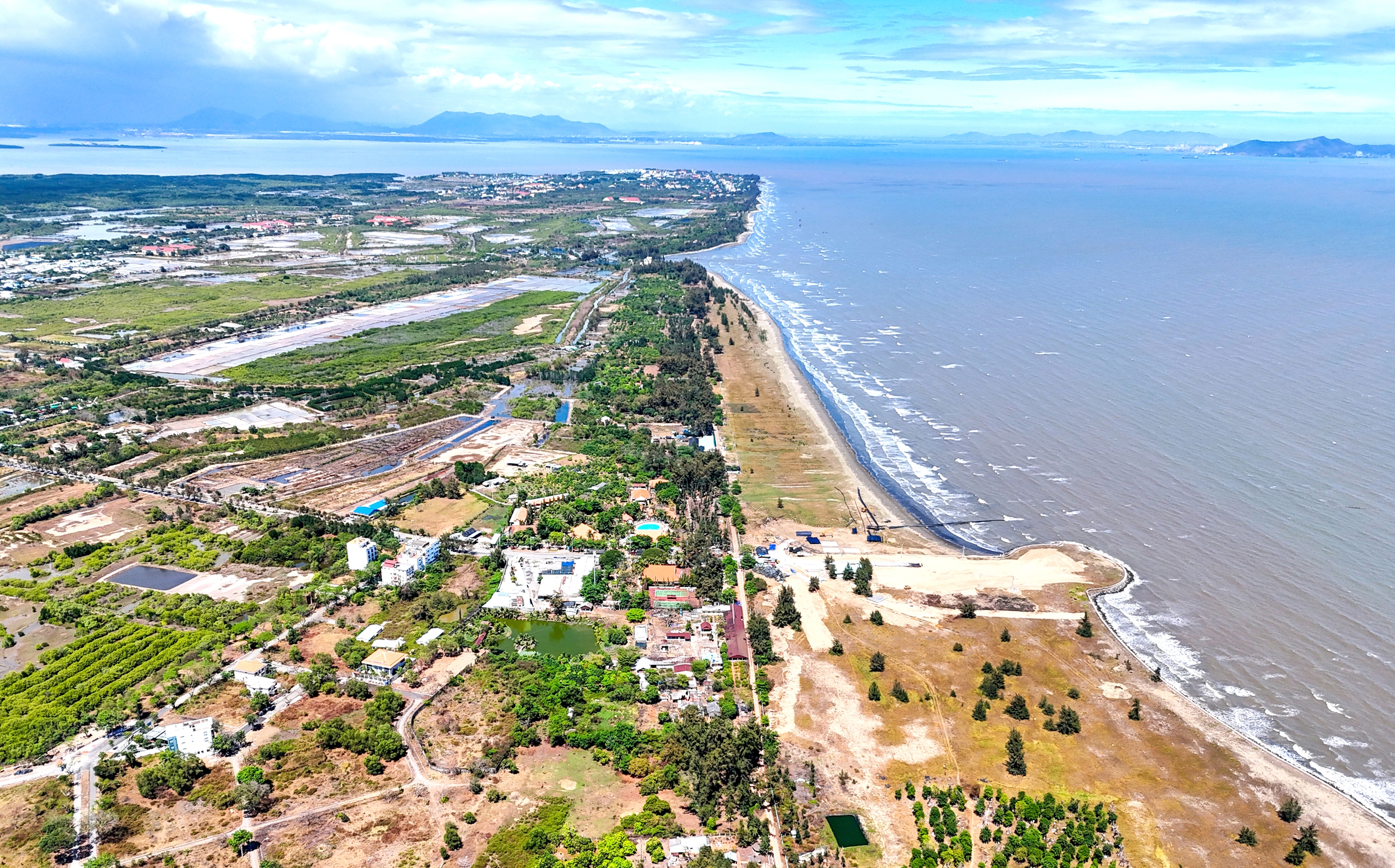



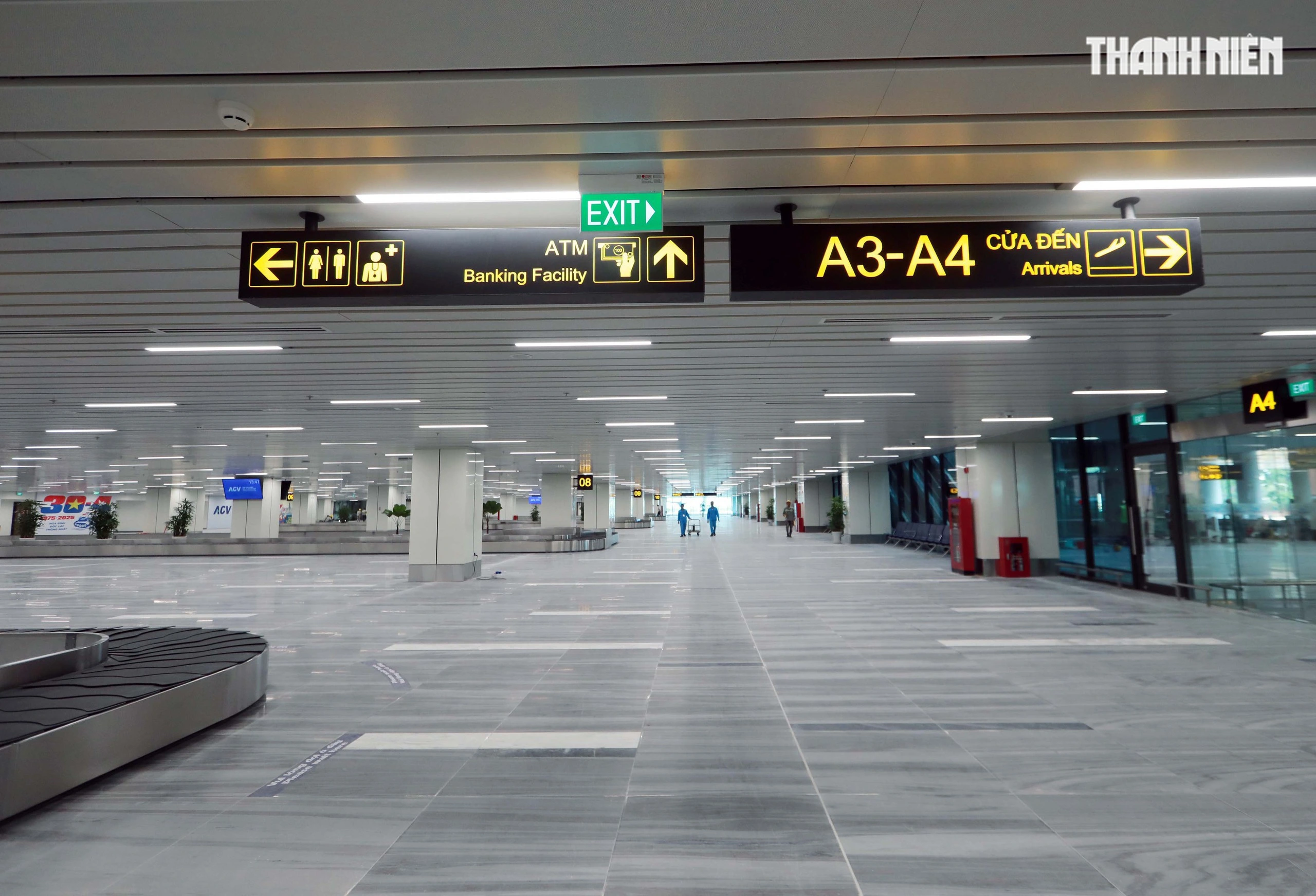















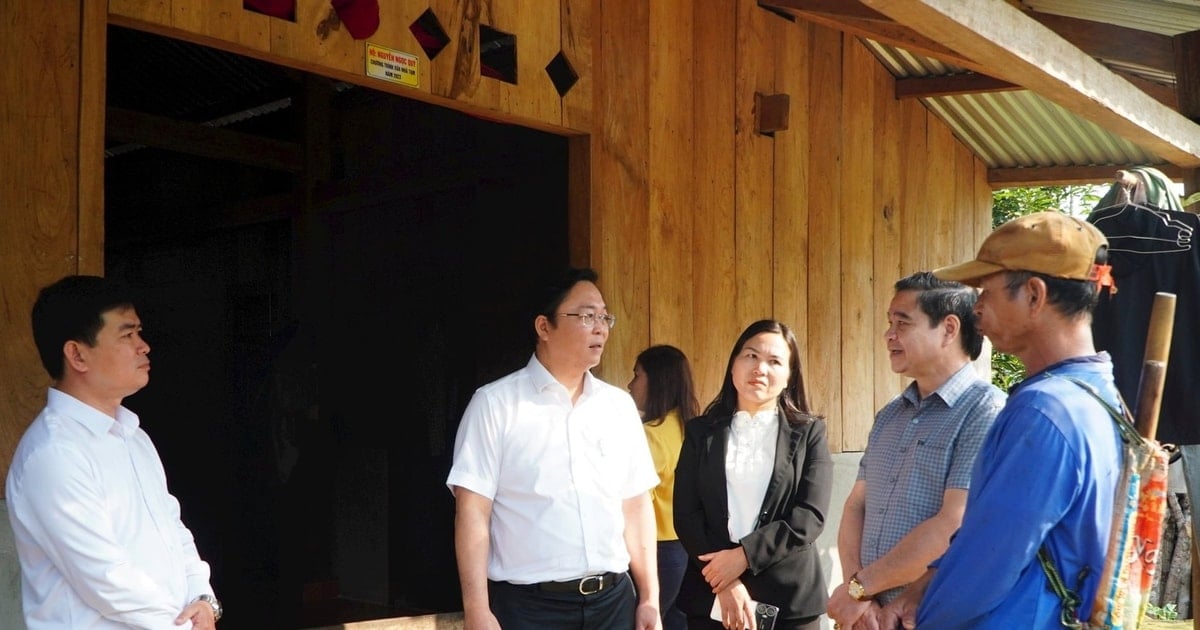
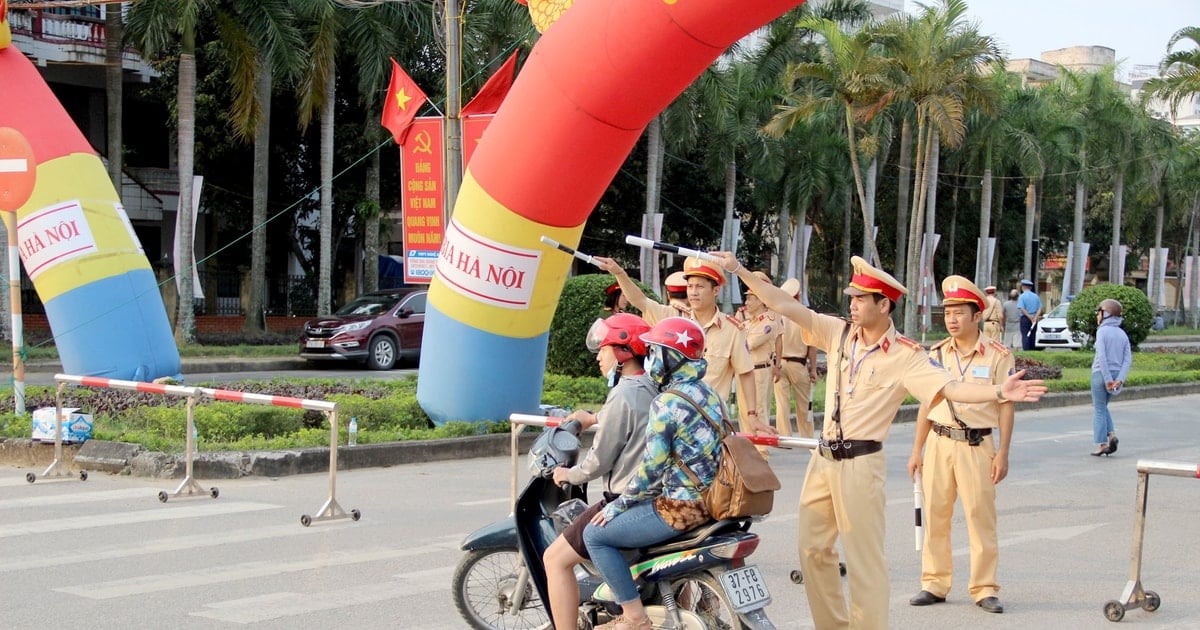









Comment (0)